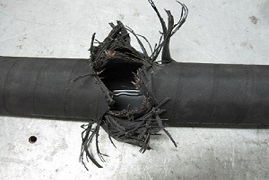Signs That Your Hydraulic Hose Needs Replacing
Safety is essential when working with high-pressure hydraulic hose as malfunctions can cause catastrophic damage to the person or area. Our latest blog points out the signs to look out for which indicate that you may need to replace your hydraulic hoses. Leaks: Hydraulic hoses can develop leaks over time due to wear and…
Safety is essential when working with high-pressure hydraulic hose as malfunctions can cause catastrophic damage to the person or area.
Our latest blog points out the signs to look out for which indicate that you may need to replace your hydraulic hoses.
- Leaks: Hydraulic hoses can develop leaks over time due to wear and tear or damage. If you notice any fluid dripping or spraying from the hose or fittings, it’s a clear sign that the hose needs to be replaced.
- Visible damage: Inspect the hydraulic hose for any visible signs of damage, such as cracks, bulges, abrasions, or fraying. These can weaken the hose and compromise its ability to function properly.
- Soft spots or sponginess: When you touch the hose, it should feel firm and solid. If you notice any areas that feel soft or spongy, it could indicate internal damage or weakening of the hose, and replacement is necessary.
- Hose degradation: Over time, hydraulic hoses can degrade due to exposure to heat, chemicals, or ultraviolet (UV) rays. If the hose appears brittle, hardened, or discoloured, it may have lost its structural integrity and should be replaced.
- Reduced performance: If you notice a decrease in hydraulic system performance, such as slower or weaker operation, it could be due to a faulty hose. Reduced fluid flow or pressure can indicate a hose that is clogged, damaged, or deteriorating.
- Excessive vibration or noise: Damaged or worn-out hydraulic hoses can cause increased vibration or noise within the hydraulic system. If you notice unusual vibrations or hear strange noises, it’s worth inspecting the hoses for potential issues.
- Age and maintenance history: Even if you don’t notice any immediate signs of damage, it’s important to consider the age and maintenance history of your hydraulic hoses. Over time, hoses can deteriorate internally without obvious external signs. If your hoses are older or have undergone extensive use, it’s a good practice to replace them preventively to avoid sudden failures.
If any of the above signs are observed, we recommend having a professional inspection and replacing the hydraulic hose as necessary, our recent blog on ‘Best Practice for Hose Installation‘ may also be of interest.
For more information on how HOS can help with the replacement of hydraulic hose, why not get in touch with our team.


